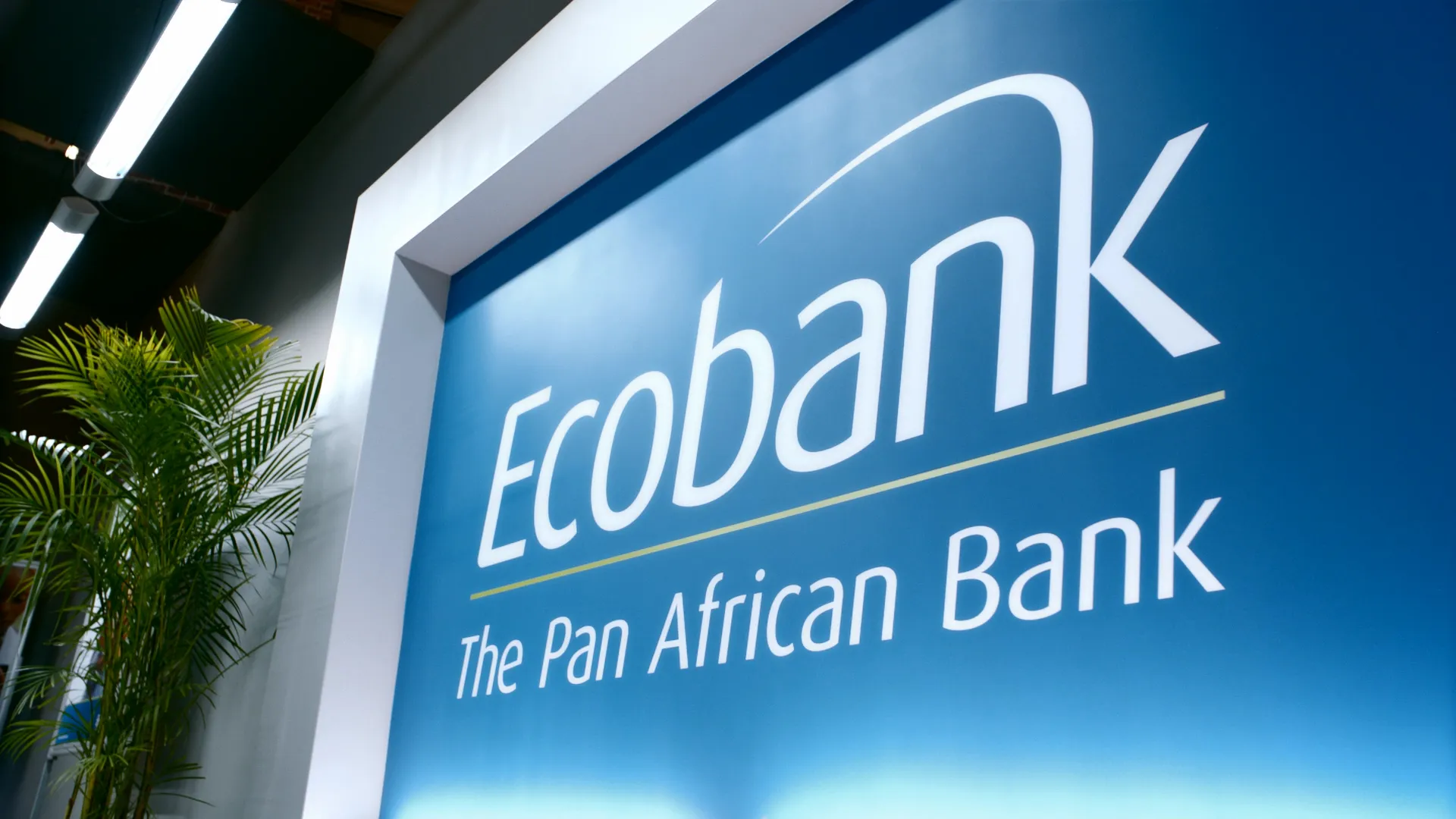The launch of the Loss and Damage Fund (LDF) at the 28th UN Climate Change Conference (COP28) could be a game-changer for the world’s least developed countries (LDCs), provided certain conditions are met, says UNCTAD in its Least Developed Countries Report 2023, published yesterday.
While the world’s 46 LDCs – 33 of which are in Africa – contribute only marginally to global greenhouse gas emissions, they are among the most vulnerable countries to the impacts of climate change.
At last year’s COP, richer nations agreed to establish new funding arrangements and a dedicated fund to assist developing countries in responding to “loss and damage”. A transitional committee has been working on proposals for the operationalisation of the new funding arrangements and is due to make recommendations for consideration and adoption by COP28.
The UNCTAD report argues that the LDF could be pivotal in addressing the climate-related financial needs of LDCs, but lists a number of conditions it sees as necessary for its success:
- An adequate volume of additional funds, commensurate with actual loss and damage, should be made available. If existing funds are simply diverted to the LDF, the latter will not have the desired impact. In this regard, developed countries need to guarantee a minimum floor for annual inflows to the LDF, and underpin it with a credible and robust resource mobilisation strategy.
- Efforts should be made for rapid operationalisation of the LDF, so that it can start disbursing funds quickly, including setting a target for releasing the first disbursement in 2024.
- Access to the LDF should be direct and simple, and transaction costs kept low.
- Access to the LDF should not result in higher debt burdens. Therefore, the funds should take the form of grants to cover costs of loss and damage caused by the impacts of climate change.
- In the likely scenario that claims exceed available resources, decisions on the allocation of funds should be based on economic and climate-related vulnerabilities. This would enhance the impact of the fund for LDCs that face multidimensional vulnerabilities but lack fiscal space.
- The LDF should cover both extreme weather events as well as slow onset loss and damage (e.g. from rising sea levels, saltwater intrusion and land degradation), as both can impose significant costs on affected countries. There could be separate funding windows for these two types of loss and damage to reflect differences in financing and process requirements (emergency funding versus project funding).
- Additional costs, such as fees or insurance premiums, should be avoided. Designing the fund like an insurance scheme would limit access by the most vulnerable countries, including LDCs.
“If these conditions are met,” says the report, “the Loss and Damage Fund has the potential to significantly boost the resilience of LDCs as they strive to achieve the Sustainable Development Goals while being the most vulnerable to the impacts of climate change.”
Related article
Want to continue reading? Subscribe today.
You've read all your free articles for this month! Subscribe now to enjoy full access to our content.
Digital Monthly
£8.00 / month
Receive full unlimited access to our articles, opinions, podcasts and more.
Digital Yearly
£70.00 / year
Our best value offer - save £26 and gain access to all of our digital content for an entire year!

 Sign in with Google
Sign in with Google 



